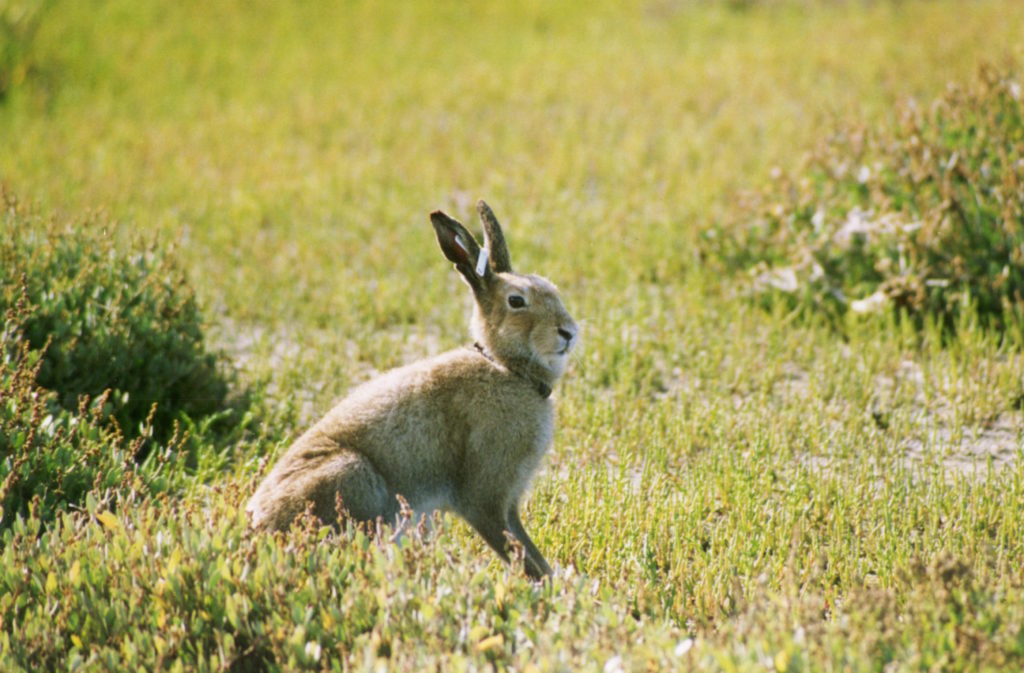THE HUMBLE and historic Irish hare is facing a fight for survival against a fast-working and devastatingly deadly disease that is threatening the future of the species as we know it.
Rabbit Haemorrhagic Disease Virus 2 or RHD2 can be transmitted through fluids like saliva and urine as well as indirectly through other animals, insects and even clothes.
Most alarming of all, this deadly infection can be spread by something as innocuous as a simple gust of wind.
While the symptoms around the infection are variable and some can survive RHD2, it many instances it can prove quickly fatal.
Irish hares boast a distinctive and entirely unique set of genetic characters that sets them apart from other species around the world.
They also share a unique bond with the island of Ireland, with previous carbon dating into cave fossils showing they have existed on the Emerald Isle for more than 30,000 years and may have even been present during the last Ice Age.
Confirmed instances of the RHD2 virus have already been confirmed across six Irish counties with more potentially following.
Speaking to RTE’s Morning Ireland, the National Parks and Wildlife Service’s head of Animal Ecology Dr Ferdia Marnell said it is unclear as to how the disease came to be in Ireland.

“Already we have confirmations in Cork, Clare, Leitrim, Offaly, Wicklow and Wexford,” Dr. Marnell said.
“It’s a haemorrhagic disease, which means the animals die from internal bleeding and it’s not very pleasant to look at.
“It’s a virus and it only emerged quite recently in France where it turned up in pet rabbits a few years ago and now, of most concern to us, it’s spread to rabbits and particularly the wild hare which is unique to Ireland.”
Despite the alarming threat RHD2 poses to the Irish hare population, Dr Marnell was keen to stress the infection poses no risk to humans or other animals.
He has nevertheless urged the Irish public to stay vigilant of any noticeable instances of mass deaths among rabbits and hares.

